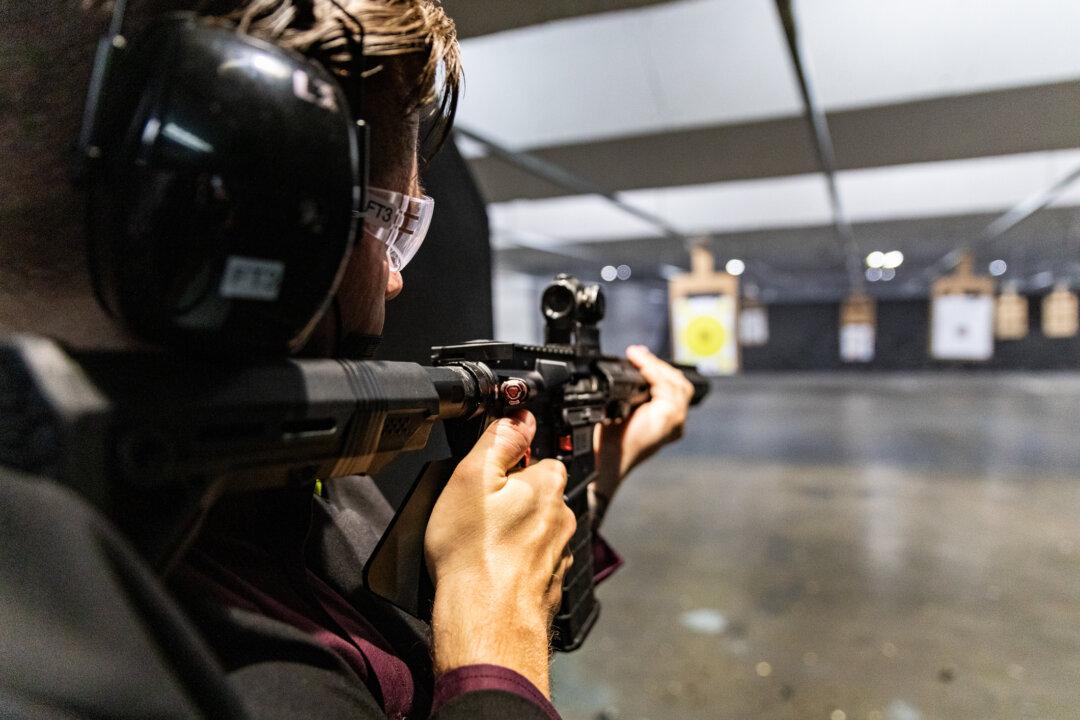News Analysis
The dream of a gun-free America has never been more ephemeral. While calls for gun control still abound, the effectiveness of those efforts is thrown into question by the reality of gun ownership. And the disconnect seems to be growing.





